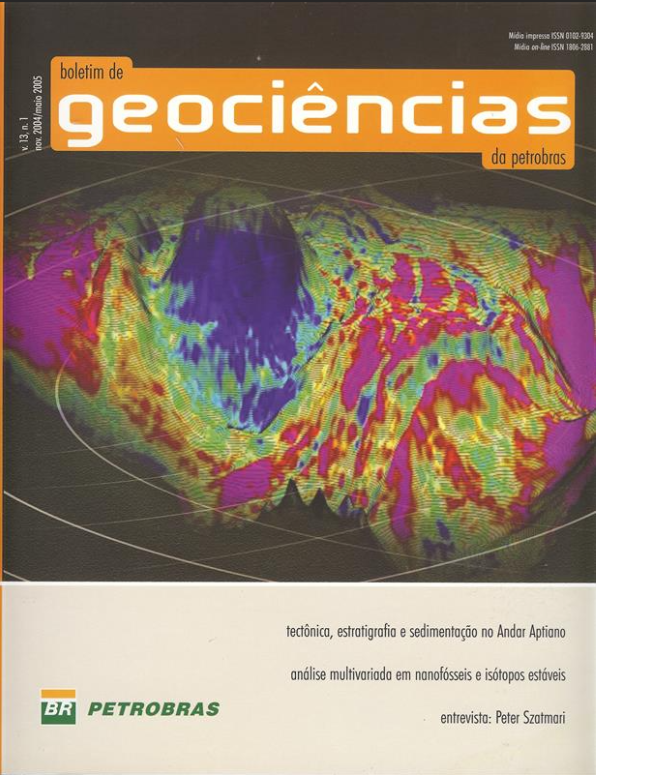Tectonic, stratigraphy and sedimentation during the Aptian along the brasilian eastern margin
Keywords:
Aptian, Alagoas, sag, South AtlanticAbstract
The main tectonic, stratigraphic and sedimentological aspects of the Aptian Stage along the Brazilian Eastern Basins were analyzed based on data from 28 wells drilled by Petrobras, including the description of 750 meters of cores. The Aptian along the Eastern Margin (from Santos to Camamu-Almada basins) can be subdivided into 2 main packages with specific tectonic and sedimentological characteristics. The Lower Aptian (upper part of Jiquiá to lower part of Alagoas local stages) is characterized by continental sedimentation under rift tectonics. Scarce marine incursions were recognized in this package. Sedimentation occurred mainly in grabens located in the central portions of the rift and in scattered grabens located in proximal areas. This caused subaerial exposure of large proximal areas generating a regional unconformity called “pre-Upper Aptian Unconformity”. The Upper Aptian (Upper Alagoas local stage) package was deposited under stable tectonic conditions in a sag basin. The lower portion of this unit is characterized by a fluvio-alluvial sedimentation with a widespread occurrence throughout the proximal areas of all marginal basins. Distal sediments however were deposited under shallow marine conditions. At the end of the Aptian a strong period of aridity and the presence of a volcanic barrier, the São Paulo High, allowed the deposition of a very thick evaporitic package (“Ibura Event”). These evaporites are estimated to be deposited in about 600,000 years.
Downloads
Published
Issue
Section
License
This license enables reusers to distribute, remix, adapt, and build upon the material in any medium or format, so long as attribution is given to the creator. The license allows for commercial use.



